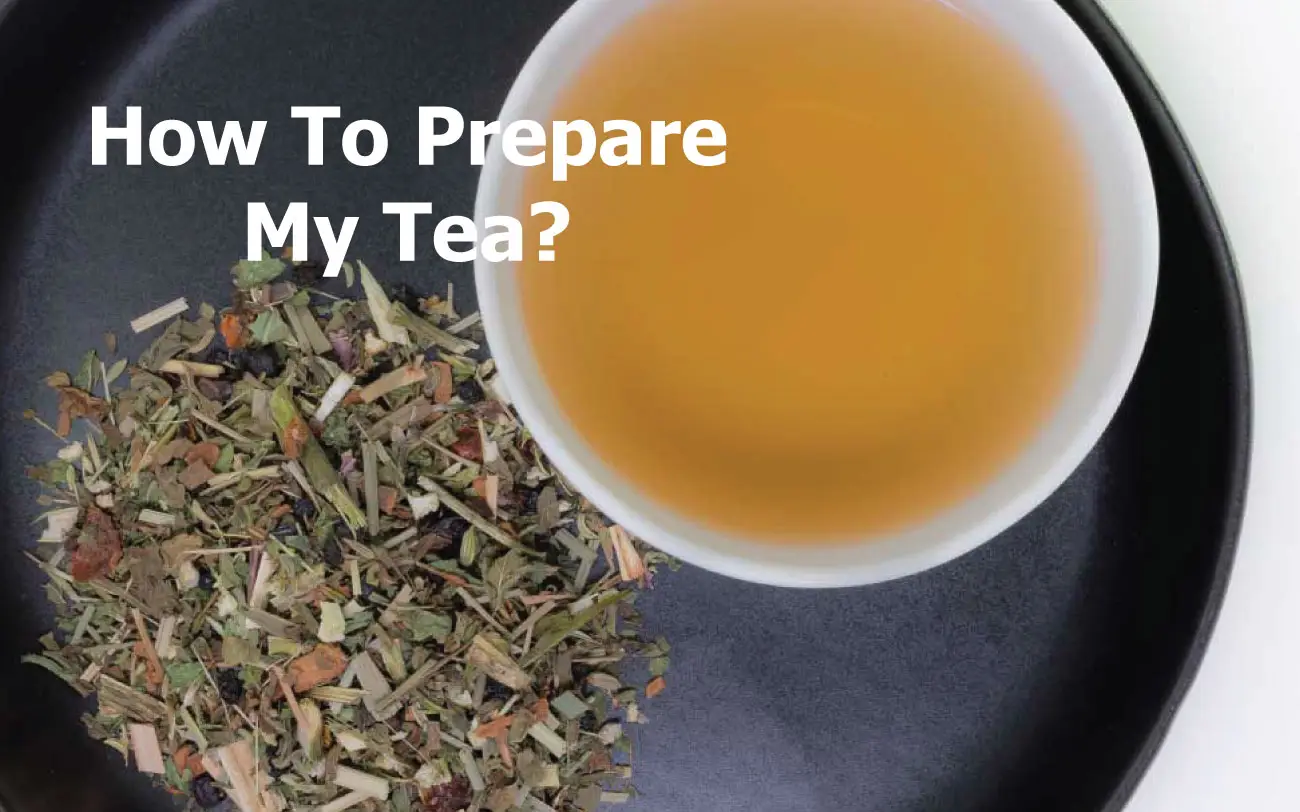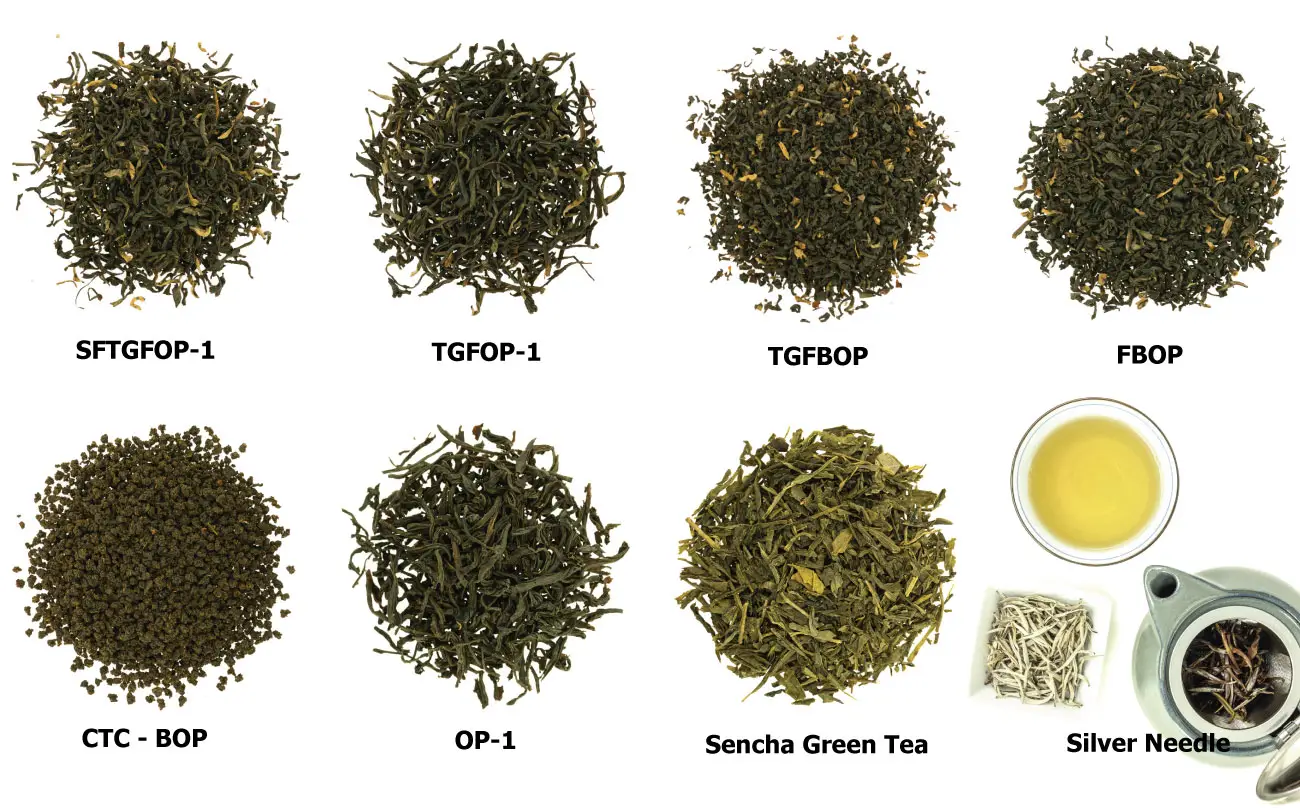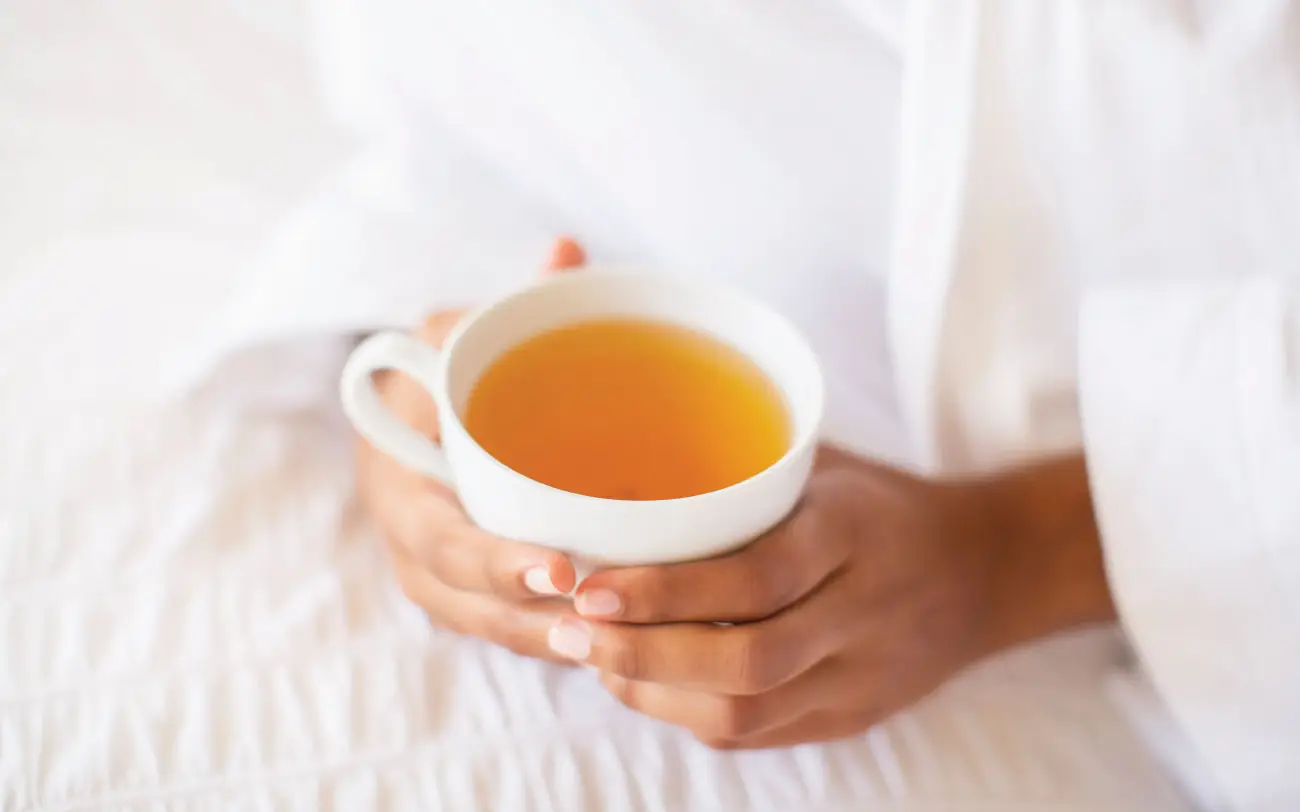How To Prepare My tea?
How To Prepare Different Types of Teas
It’s fun to make a cup of tea, but it takes a little more care to make the right brew. Whether you drink tea occasionally or all the time, knowing a few simple tricks can make your experience better. This guide will show you the best ways to make different kinds of tea and give you tips from experts to make sure every cup tastes great.
Water is the first step in making a delicious cup of tea, and the temperature and quality of the water have a significant influence on taste and experience. If you want the full spectrum of smells, flavours, and health benefits of your tea leaves, you need to use water that is just perfect.
- Maintaining high-quality water
The water you use is what determines the flavour of your tea. Minerals and chemicals in tap water, such as chlorine, have the potential to overpower the subtle flavours of tea. Since it has a subtle flavour that doesn’t overpower the tea, filtered or spring water is the way to go. Distilled water, which is devoid of minerals entirely, can impart a vibrant flavour to tea, while hard water, which contains a high concentration of minerals, can impart a flat or boring flavour. A pleasing mix of minerals and purity enhances the overall flavour.
- Precise Temperature
The tea leaf infusion process is temperature-dependent. Various teas require slightly different temperatures to bring forth their unique flavours. If you boil water too hot, it will burn delicate teas like white or green tea, turning them bitter. If water is too cold, strong teas, such as black or oolong, will not steep to their full potential. The secret to a flawless brew is temperature control.
- For every brew, use clean water.
For every cup of tea, use clean water. The infusion process requires oxygen, which is absent in reboiled or stagnant water. To bring out the full flavour of the tea, use freshly fetched cold water, as this will maintain the oxygen necessary for the tea to steep.
Simply said, water isn’t merely a means to an end—it is, in fact, a necessary component in the preparation of first-rate tea.
Here is a quick guide on how to make the best cups of various kinds of loose-leaf tea at the right temperature and for the right amount of time:
- Green tea
Water should be between 70 and 180°F (160 to 180°C)
Time to steep: 2 to 3 minutes.
Tip: If you make green tea too hot or for too long, it can taste bitter.
- Black tea
Water should be between 200°F and 212°F (93°C and 100°C).
Time to steep: 3 to 5 minutes. Most of the cases 3 minutes.
Tip: If you want a stronger flavour, steep it for about 5 minutes. When steeped too long, the tannins can make it bitter.
- Oolong tea
Water for oolong tea should be 180 to 200°F (82 to 93°C) hot.
Time to steep: 3 to 5 minutes.
Oolong can be used in a variety of ways. Trying various amounts of steeping will reveal different layers of flavour.
- White tea
Water for white tea should be between 70 and 85°C (160 to 185°F).
Time to steep: 4 to 5 minutes.
Tip: Don’t boil water for white tea because it’s delicate. A longer steeping time brings out the mild flavour more.
- Herbal tea or infusions such as chamomile or peppermint.
Water should be between 200°F and 212°F (93°C and 100°C).
Time to steep: 5 to 7 minutes.
Tip: To fully capture the flavours of herbal teas, let them steep for a longer time.
- Pu-erh tea
Water should be between 195°F and 212°F (90°C and 40°C).
Time to steep: 3 to 4 minutes.
Tip: Rinse the leaves quickly before steeping them to bring out their earthy, rich notes.
With these tips, you can make any tea taste great. Play around with the flavours to find the ones you like best!
Related posts
Natural, Organic, and Nature-Identical Flavours in Tea: What’s the Difference?
At Tea Affair, we’re passionate about providing high-quality loose leaf teas and herbal teas that
Tea Grades And Glossary
Tea Grades: What Do SFTGFOP-1, FTGFOP, TGBOP, TGFOF & PD Mean? For many tea lovers, the abbrevia
The Riches of Tea: Why Taste Counts and Why should I Drink Tea?
More than just a drink, tea is an experience, a ritual, and for many people a daily need. Whether yo




